Do you ever wonder how the fittest people stay so consistent and full of energy? The secret often lies not just in their workouts, but in what they do before their head even hits the pillow. Their success tomorrow is built on the simple, powerful habits they practice tonight. Adopting these nighttime routines can help you prepare your body and mind for a healthier, more active life, ensuring you wake up ready to conquer your day.
Why Getting to Bed Early is a Game Changer
For those serious about fitness, sleep isn’t a luxury; it’s a critical part of the training process. The fittest people understand this and make a point of getting to bed early. This habit ensures they get enough quality sleep, which is essential for muscle repair, hormone regulation, and mental clarity.
When you sleep, your body goes to work repairing the micro-tears in your muscles from exercise, which is how you get stronger. Without enough rest, this recovery process is cut short, hindering your progress and increasing your risk of injury.
Prioritizing sleep is one of the most effective ways to maximize the results of your hard work in the gym. According to numerous health studies, getting 7-9 hours of quality sleep per night helps rejuvenate the body, preparing it for the physical demands of the following day.
Plan Your Morning Workout the Night Before
One of the biggest hurdles to a morning workout is the mental effort of deciding what to do when you’re still half-asleep. The most successful fitness enthusiasts eliminate this barrier by planning their exercise routine the evening before. They don’t just wake up and hope for the best; they wake up with a clear, actionable plan.
This preparation can be as simple as writing down the exercises you’ll do or reviewing your training program. Many also lay out their gym clothes, pack their gym bag, and fill their water bottle. This simple act of preparation removes friction and makes it significantly easier to get up and go.
Here is a simple checklist you can follow the night before:
| Task | Status |
| Review tomorrow’s workout plan | Done |
| Lay out workout clothes and shoes | Done |
| Prepare water bottle or pre-workout drink | Done |
| Set alarm clock across the room | Done |
Create a Distraction-Free Sleep Sanctuary
In today’s hyper-connected world, our bedrooms are often filled with distractions. However, the fittest people guard their sleep environment fiercely. They know that a peaceful bedroom is essential for a refreshing night’s rest.
This means removing things that can disrupt sleep patterns. The blue light emitted from phones, tablets, and TVs is a major culprit, as it can suppress the production of melatonin, the hormone that controls your sleep-wake cycle.
To improve your sleep quality, try to avoid these common bedtime distractions:
- Scrolling through social media or checking emails on your phone in bed.
- Watching TV right before you plan to sleep.
- Working on a laptop or doing any job-related tasks in your bedroom.
- Listening to loud, high-energy music.
By creating a calm, quiet, and dark environment, you signal to your brain that it’s time to wind down and rest.
The Power of a Daily Reflection Routine
Fitness is as much a mental game as it is a physical one. That’s why many fit individuals take a few minutes before bed to reflect on their day. This isn’t about dwelling on mistakes but about acknowledging achievements and identifying areas for improvement.
This habit of reflection helps them stay connected to their goals. They consider what went well, what challenges they faced, and what they learned. This mental check-in provides clarity and reinforces their commitment to their fitness journey.
This mindful practice helps turn each day into a learning experience, fueling motivation for the next day. It allows them to make small, consistent adjustments that lead to significant long-term results.
Keep a Fitness Journal to Track Your Progress
What gets measured gets managed. This principle is well-understood by the fittest people, many of whom keep a detailed fitness journal. Before sleeping, they often take a moment to log their activities, achievements, and feelings from the day.
This journal is more than just a record; it’s a powerful tool for accountability and motivation. They can track their workouts, note their energy levels, and jot down goals for the following day. It serves as a personal guide, showing them whether they are on the right track.
Reviewing this log helps them see patterns over time and celebrate small wins along the way. This record-keeping habit is crucial for staying consistent and making informed decisions about their training and recovery. You can start one too, even with a simple notebook.
Frequently Asked Questions about Nighttime Habits
What time should I go to bed to improve my fitness?
Most experts recommend aiming for 7-9 hours of sleep. To determine your ideal bedtime, count back from when you need to wake up. For example, if you need to be up at 6 AM, you should be asleep by 11 PM at the latest.
How can reviewing my day help me get fitter?
Reflecting on your day helps you recognize your successes, which boosts motivation. It also allows you to see what didn’t work, so you can make adjustments to your diet, workout, or schedule to achieve better results tomorrow.
Is it really that bad to use my phone before bed?
Yes, research shows the blue light from screens can disrupt your body’s natural sleep cycle by suppressing melatonin. It’s best to put all screens away at least 30-60 minutes before you plan to sleep to allow your brain to wind down.
What are the most important things to write in a fitness journal?
Your journal can be personalized, but a good start is to track your workouts (exercises, sets, reps), what you ate, your energy levels, and how you felt. Also, include your short-term and long-term goals to keep you focused.
Does planning my workout the night before actually make a difference?
Absolutely. It removes decision fatigue in the morning when your willpower may be low. Having a plan and your gear ready makes it much more likely that you will follow through with your workout instead of hitting the snooze button.

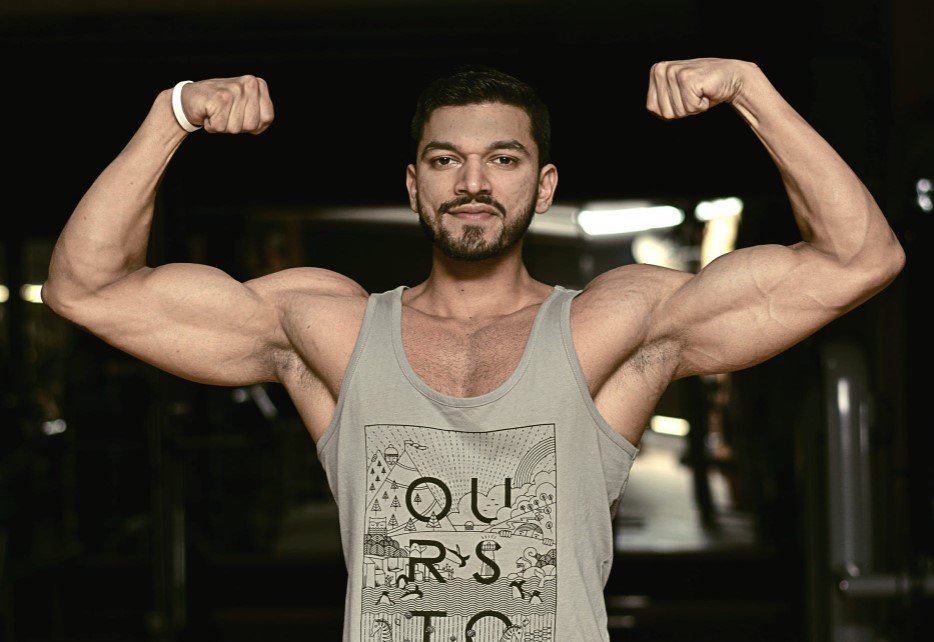
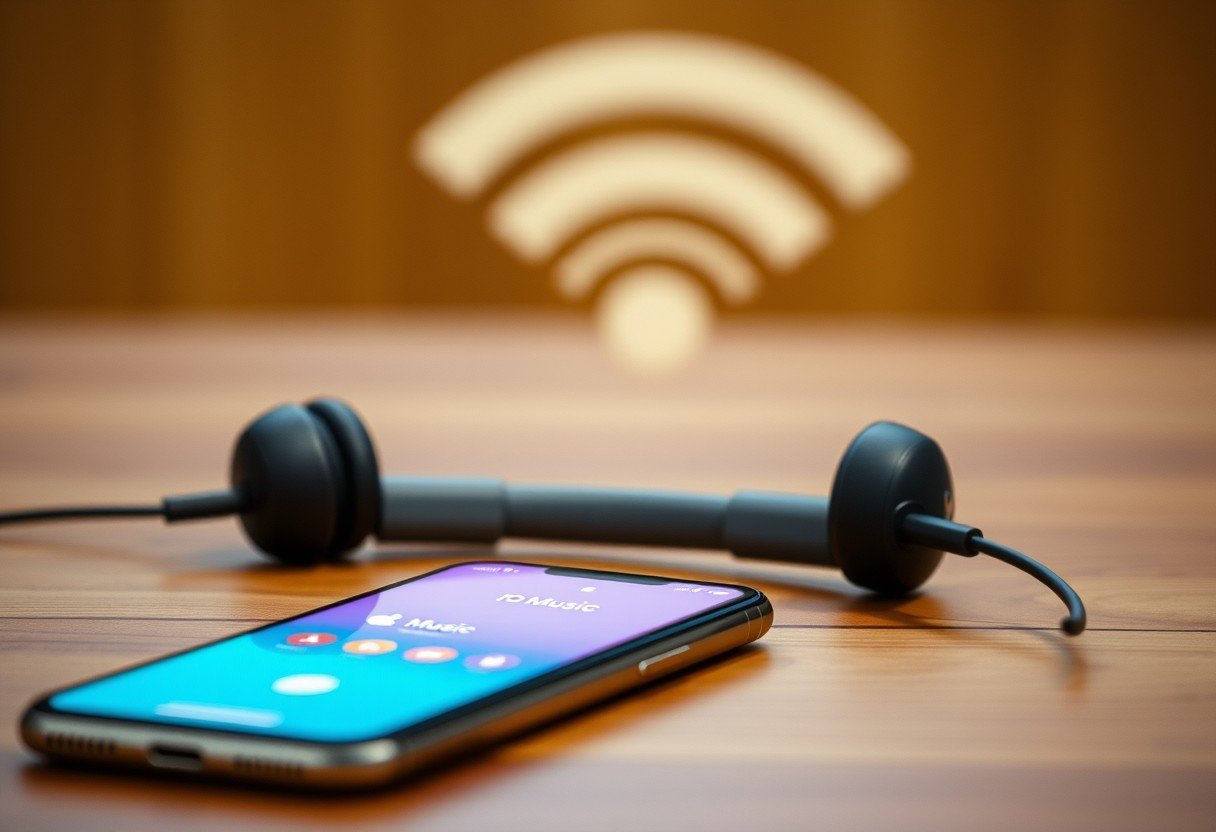


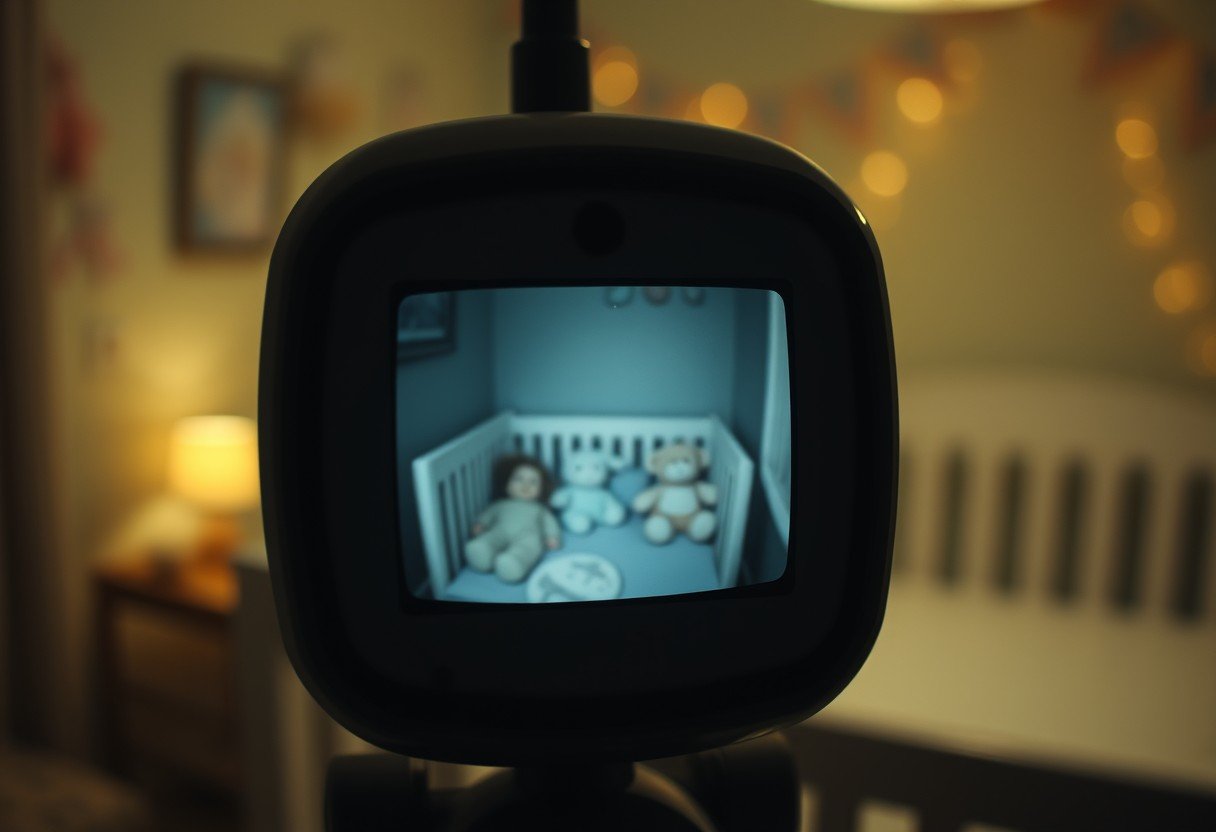
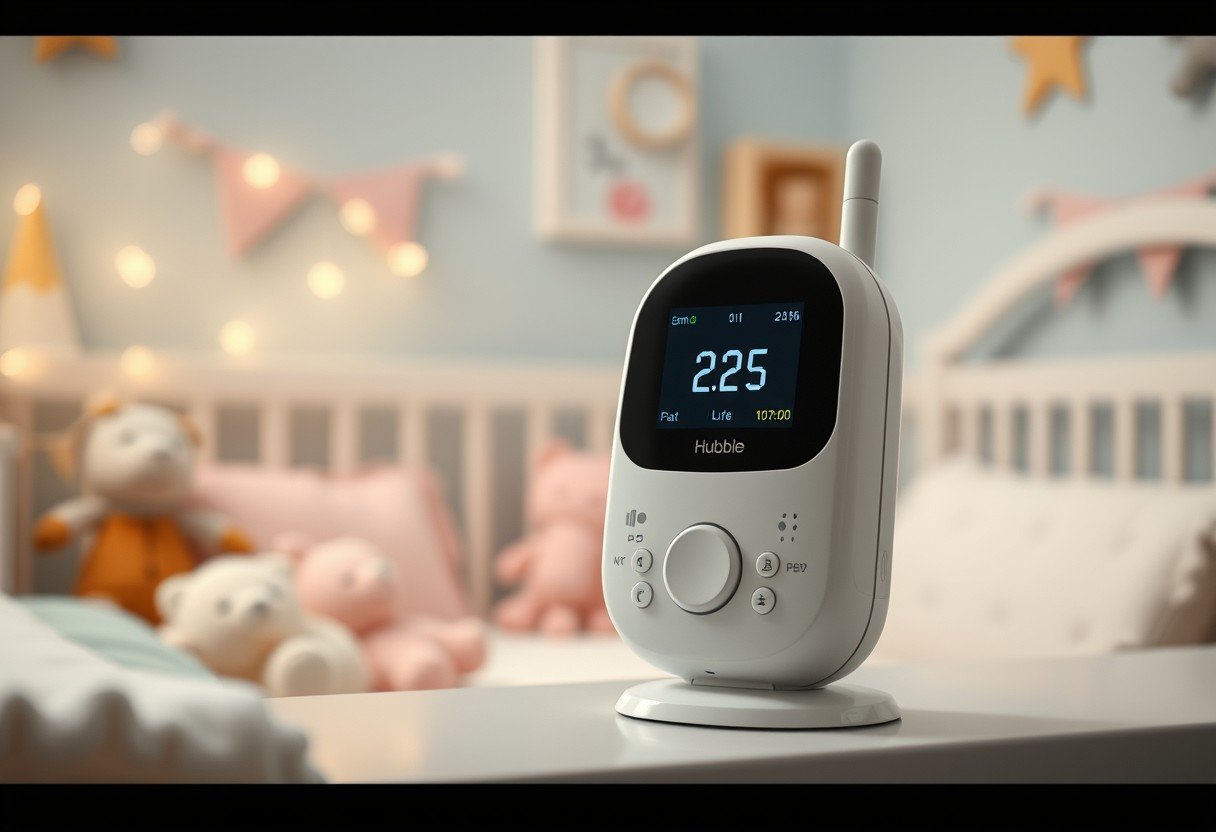
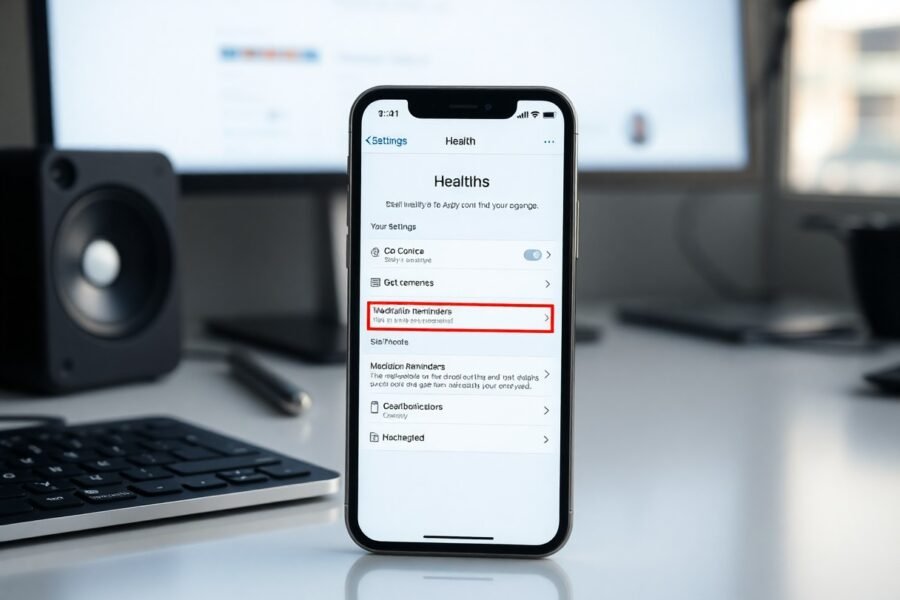
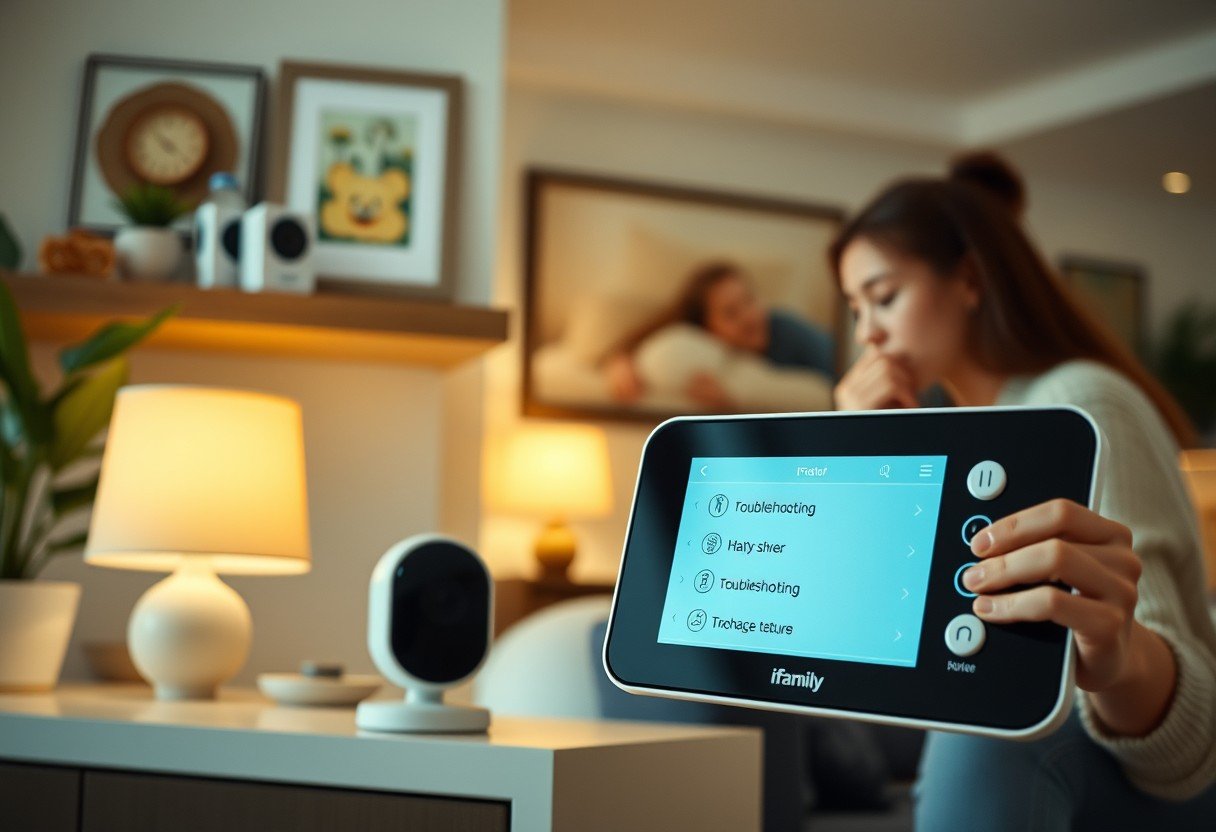
Leave a Comment